USS ZRS-5 Macon United States Navy Model
Production Time 9 to 10 weeks
Shipment is by FedEx, UPS or DHL International Express Courier with a normal door-to-door delivery time worldwide of within 2-3 business days after dispatch. Due to the current volatility of world fuel prices, the amount mentioned here is our best estimate for DHL and UPS and may be subject to change at the time of shipping.

Product Statistics
Length: 16 Inches (40.6 Centimeters)Wingspan: 2.69 Inches (6.8 Centimeters)
Height: 2.97 Inches (7.5 Centimeters)
Scale: 1:588
$209.50
Manufacturer: Goodyear-Zeppelin Corporation
Production Time 9 to 10 weeks
-
United States dollar ($)
-
Pound sterling (£)
-
Euro (€)
-
Australian dollar ($)
-
Canadian dollar ($)
-
Singapore dollar ($)
-
Swiss franc (CHF)
-
Japanese yen (¥)
-
Danish krone (kr.)
-
Hong Kong dollar ($)
-
Norwegian krone (kr)
-
Swedish krona (kr)
General Product Description
Our MyMahoganyModel USS ZRS-5 Macon United States Navy Model exhibits unique, unrivaled quality and detailed design to come as close as possible to the accuracy of the actual airship. It comes as standard with a robust, durable base or stand which is available in a variety of different finishes designed to match your own personal requirements including solid wood, wood with polished metal supports or adjustable wood wall mount and will be ready within about 9-10 weeks from placement of order.
The USS ZRS-5 Macon United States Navy Model is made of the finest kiln dried renewable mahogany wood (commonly known as Lauan or Meranti) which has undergone many stages of carving and meticulous and careful sanding giving the beautiful, finished museum quality masterpiece. Many collectors and model connoisseurs demonstrate their preference for genuine handmade and hand painted mahogany wood models rather than plastic or die cast (diecast) alternatives due to the overall look and totally different feel of the item - we trust you will find the same. We can however, if required produce the same model in Solid Cast Resin so just click and contact us for further information. Our craftsmen and gifted artisans ensure that our finely handcrafted model airplanes match the precise blueprint details of the original aircraft. The paint scheme, markings and parts are closely matched, reflecting the original aircraft. This stylish top-quality desktop replica model will surely enthrall anyone who receives this as a gift and for sure one of the most appropriate and desirably collectable gifts for any aviation enthusiast and avid airship, blimp or dirigible collector whilst also displaying a perfect resemblance to the actual real life version.
If you require we can also make the USS ZRS-5 Macon United States Navy Model in any other airline, private livery or colour scheme you require and if necessary in a different size or scale. Just click here to contact us with a description or photographs of what you require and we will let you have a quotation for the necessary customization by return email. We can also make bespoke scale replicas of any other private / civil commercial airliner or airliners, helicopter, glider, gliders with engines, military jet, warplane jets, propeller warplanes, biplane, triplane, tail fin, spacecraft, rocket or NASA model you require in any airline, military or civilian livery or colors. We also produce boat and ship collectibles. Wall plaque or seal for military, government or private customers. Again by clicking here to contact us just let us know exactly what you need.
The USS and her sister ship the +USS were designed and constructed by Goodyear-Zeppelin Corporation. Unlike todays blimps, the dirigibles had sturdy frames and internal hulls. The USS and USS were called +rigid airships+. because they were made of these rigid structures. These structures provided overall strength and tremendous access to interior portions of the dirigible. On the inside of the rigid +airships+., catwalks and girders allowed crewman to traverse the interior.
In addition to catwalks and girders, the USS Macon and USS Akron also had internal hangars located about two-thirds of the way behind the nose of the airship. The airships could launch and retrieve five aircraft through a T-shaped opening in the floor of the hangar. Launching and retrieving the planes was a miraculous feat! A welded metal hook called a sky hook was attached to the top of each plane and was used to attach the plane to a trapeze. The trapeze and plane were lowered through the hangar floor. Pilots then had to rev up their engine RPMs, yank a release lever, and drop into the air mid-flight.
& For the dirigible to retrieve the planes, pilots had to match their speed to the dirigible and gently guide the small hook back onto the trapeze. The plane was the lifted back into the dirigible. +Sparrowhawk pilots+. were called the men on the flying trapeze due to their mid-air maneuvers.
The Sparrowhawk planes operated as eyes for the large airships. More maneuverable and capable of greater speed than the dirigible, the planes could scout large areas allowing the dirigible to remain far from enemy fighter planes.
USS Macon Facts
[modified, with permission, from the Moffett Field Historical Society]
The , unlike the blimps made today, had a structured +duraluminum+. hull with three interior keels. The intent of the strong spine was to prevent a hull collapse. From the outside it looked and functioned much like a large blimp. On the inside, the ship was an open cavern of girders, cables and catwalks with few places where the crewmen could not go.
The was 785 feet long, just 97.5 feet shorter than the RMS Titanic and over four times the length of today Goodyear blimps. Link to Goodyear blimp site here.
When carrying Sparrowhawks and personnel, the weighed more than 400,000 pounds or the equivalent of two 100-ton blue whales.
The had accommodations for 100 officers and men, including sleeping berths, a large mess room, a galley, and observation platforms at the nose and tail.
The and her sister ship the were kept aloft by non-flammable helium contained in twelve large cells inside the craft. The German airship + was kept aloft by hydrogen, a more flammable gas than helium, and burst into flames on May 6, 1937.
The needed 6.5 million cubic feet of helium to become airborne. This is roughly equivalent to 216,666 bathtubs (measuring 5 feet by 3 feet by 2 feet) full of air.
The could fly at a top speed of eighty miles per hour. Flying at top speed it would take over 37 hours for the to cross the United States.
The had eight large 560-horsepower gasoline powered German built Maybach reversible engines driving outside propellers. The Macon& propellers could be rotated down or backwards to control the ship during take-off and landings.
The was housed at Moffett Field in Sunnyvale, California in 1934 and 1935. During her sixteen-month stay, the became a familiar and popular sight.
Moffett Field was named in honor of Navy Chief of Aeronautics Admiral, William A. Moffett who championed the lighter-than-air program and who was lost in USS crashed.
The was the product of the Goodyear-Zeppelin Corporation, a business jointly owned by the Zeppelin Company of Germany and the Goodyear Tire and Rubber Company.
The was equipped with a scouting oddity known as the car. A cable would lower the amusing-looking compartment from the airship to a point below cloud cover up to 1,000 feet. A crewman inside the spy car would then telephone back to the main control room relaying navigational information. The car acted as a sort of reverse periscope.
| Weight | 6 kg |
|---|---|
| Dimensions | 16 × 2.69 × 2.97 in |
Be the first to review “USS ZRS-5 Macon United States Navy Model” Cancel reply
Similar Models
Tail Shields & Flashes, Plaques & Seals
Tail Shields & Flashes, Plaques & Seals
United States Attorneys Office Southern District of California Seal or Plaque
Tail Shields & Flashes, Plaques & Seals
Military Airplanes - Jet
McDonnell Douglas F-18 United States Marine Corps USMC VMFA-314 Model
Military Airplanes - Jet
McDonnell Douglas F-18 United States Marine Corps USMC Model
Private & Civilian
Military Airplanes - Propeller
Lockheed Hercules L-100-30 United Arab Emirates UAE Air Force
Private & Civilian
Helicopters
Private & Civilian
Private & Civilian
Private & Civilian
Private & Civilian
Private & Civilian
Tail Shields & Flashes, Plaques & Seals
Private & Civilian
Private & Civilian
Private & Civilian
Private & Civilian
Private & Civilian
Private & Civilian
Private & Civilian
Private & Civilian
Private & Civilian
Private & Civilian
Private & Civilian
Private & Civilian
Private & Civilian
Private & Civilian
Boeing 767-200 United Airlines N612UA World Trade Center South Tower
Private & Civilian
Private & Civilian
Private & Civilian
Private & Civilian
Private & Civilian
Private & Civilian
Private & Civilian
Private & Civilian
Private & Civilian
Private & Civilian
Space, NASA & Experimental
Private & Civilian
Private & Civilian
Private & Civilian
Airships, Blimps & Balloons
Military Airplanes - Jet










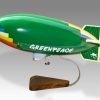







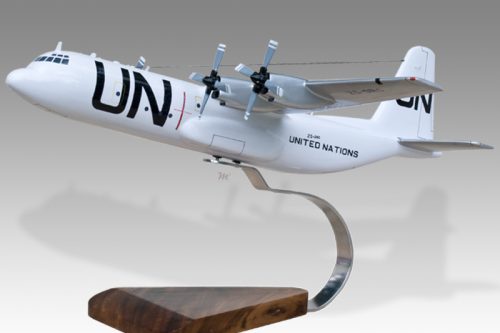

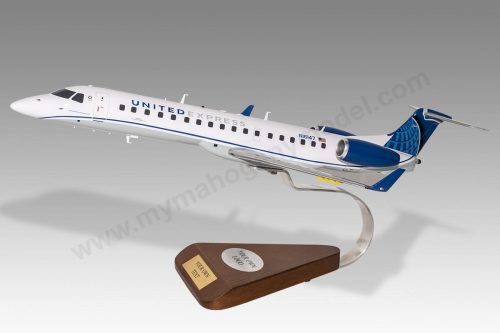



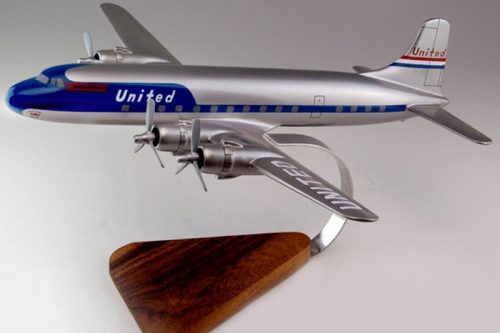











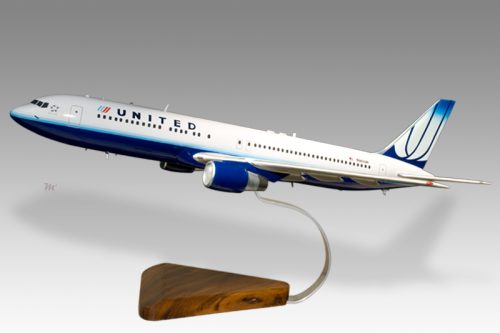



















Reviews
There are no reviews yet.